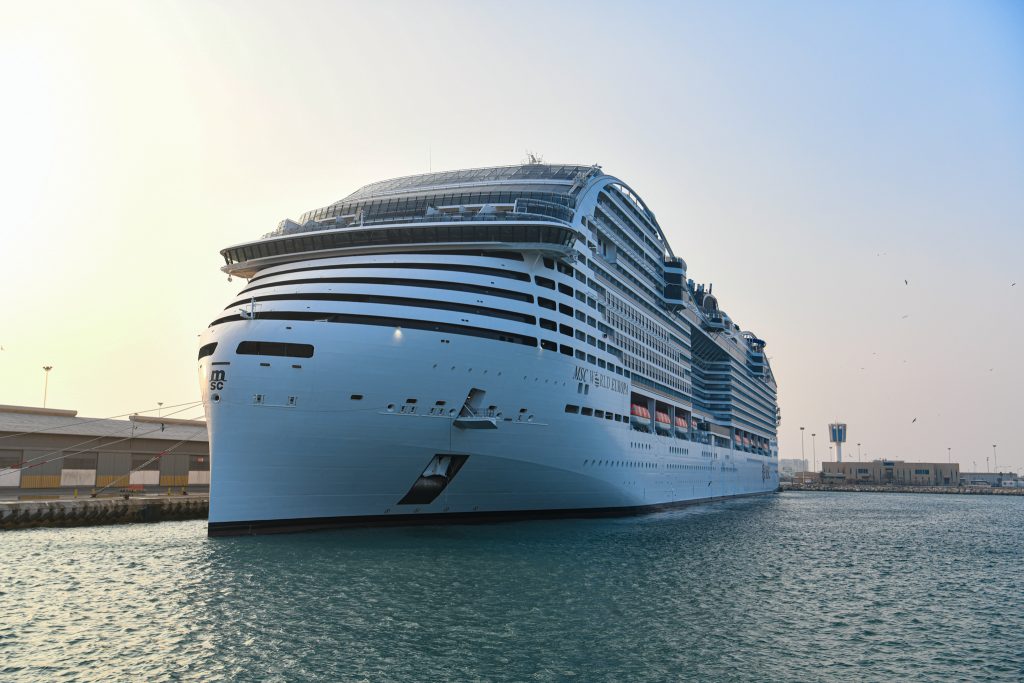Sunday, August 11, 2024 China , known for its advancements in rail technology, has achieved a significant milestone by testing an ultra-high-speed (UHS) maglev train capable of reaching speeds up to 621 mph. This test, conducted in Yanggao County, Datong City, Shanxi Province, marks a major leap forward in China’s ongoing efforts to maintain its global leadership in high-speed rail systems. The new train, which employs magnetic levitation technology in a low-vacuum tube, has the potential to transform how people travel within China and across the world.
Developed through a collaboration between the China Aerospace Science and Industry Corporation Limited and Shanxi Province, the UHS maglev train utilizes cutting-edge technology that lifts the train above its tracks using magnetic forces, thereby eliminating friction. The train operates within a low-pressure environment, reducing air resistance and enabling it to reach speeds more than double that of the Shanghai Maglev, currently the fastest operational train globally with a top speed of 286 mph. During the recent demonstration, the maglev train performed as expected, achieving precise navigation, stability, and safe stopping mechanisms.
Chinese media sources such as CGTN and Xinhua reported that the train’s speed and operational height adhered strictly to the planned parameters, with all systems functioning flawlessly. Additionally, the test confirmed the feasibility of maintaining a substantial vacuum within the tube, a.

















